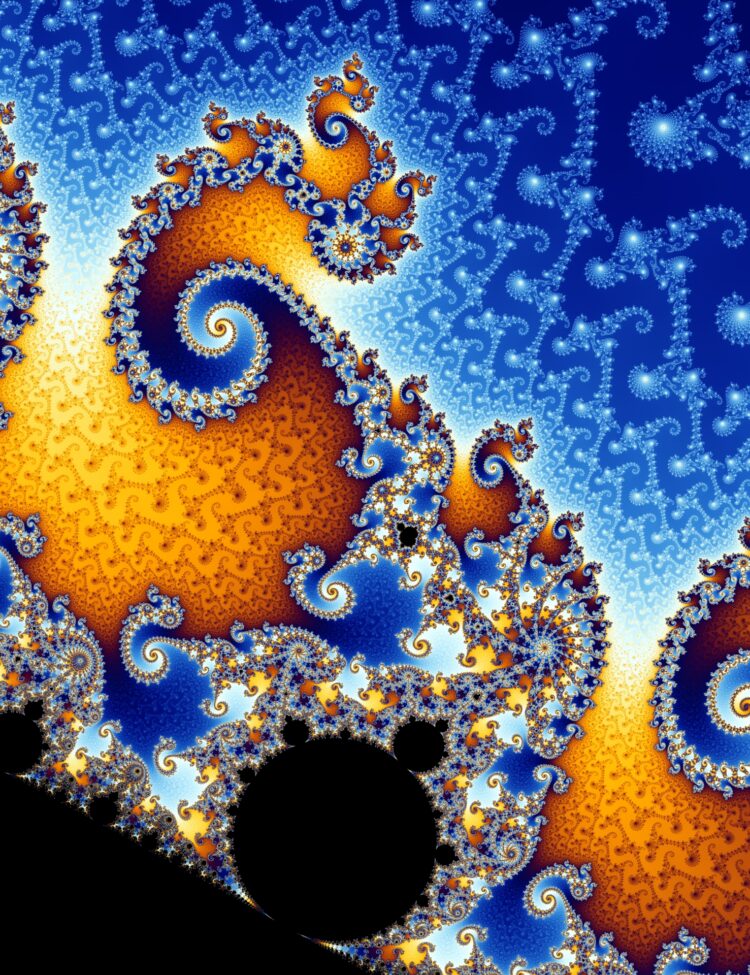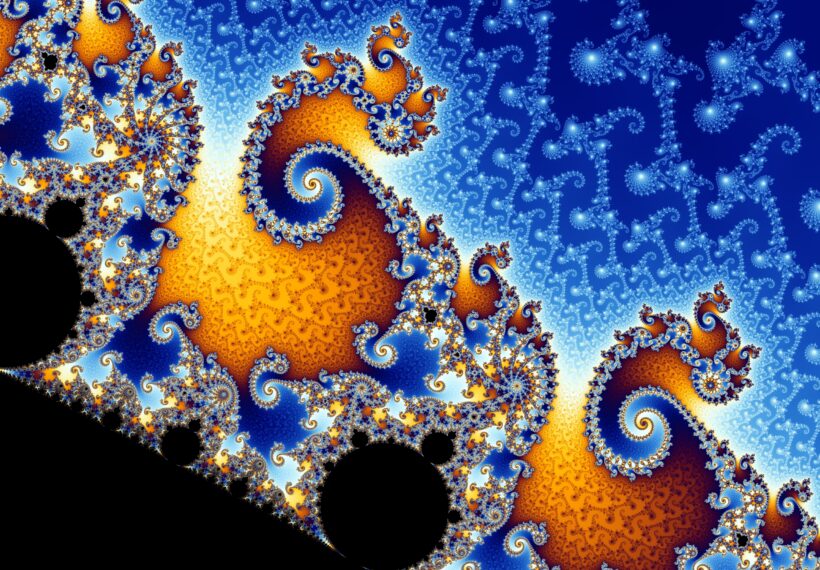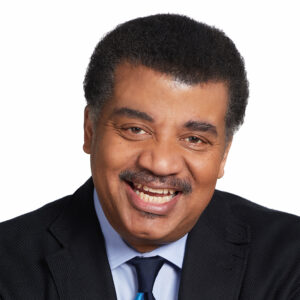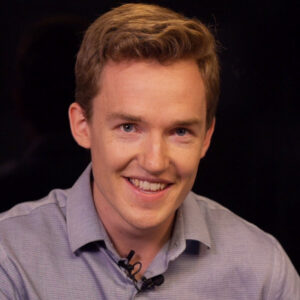About This Episode
Is math discovered or invented? Neil deGrasse Tyson & Chuck Nice explore information theory, talking to aliens with prime numbers, Mandelbrot sets, and why math is often called the “language of the universe” with Grant Sanderson, the math educator behind YouTube channel 3Blue1Brown.
Chuck asks the big question: “What the hell is math?” Grant explains that math goes beyond numbers and symbols—it’s a universal system of truth rooted in axioms, like those laid out by Euclid in geometry. But is it a tool we invented, or a discovery we unearthed from the natural world? We explore both perspectives discussing how humans have shaped and been shaped by mathematical concepts over time.
Learn how math connects us to the universe—literally. Could aliens understand prime numbers? Could we communicate with aliens using math? We discuss practical applications and how we benefit from the mental rigor math provides. Should math be taught as an art form? Plus, learn about Mandelbrot sets and how simple math can yield complex structures.
We break down complex topics like information theory, and the central limit theorem, revealing how even the most abstract math finds its way into practical and scientific use. Learn how AI is entering the mathematical landscape, helping to solve problems that previously seemed out of reach. Tune in for a fascinating journey through the beauty, challenges, and infinite possibilities of math!
Thanks to our Patrons Dr. Satish, Susan Kleiner, Harrison Phillips, Mark A, Rebeca Fuchs, Aaron Ciarla, Joe Reyna, David Grech, Fida Vuori, Paul A Hansen, Imran Yusufzai, CharlieVictor, Bob Cowles, Ryan Lyum, MunMun, Samuel Barnett, John DesMarteau, and Mary Anne Sanford for supporting us this week.
NOTE: StarTalk+ Patrons can listen to this entire episode commercial-free.




 Unlock with Patreon
Unlock with Patreon


 Become a Patron
Become a Patron